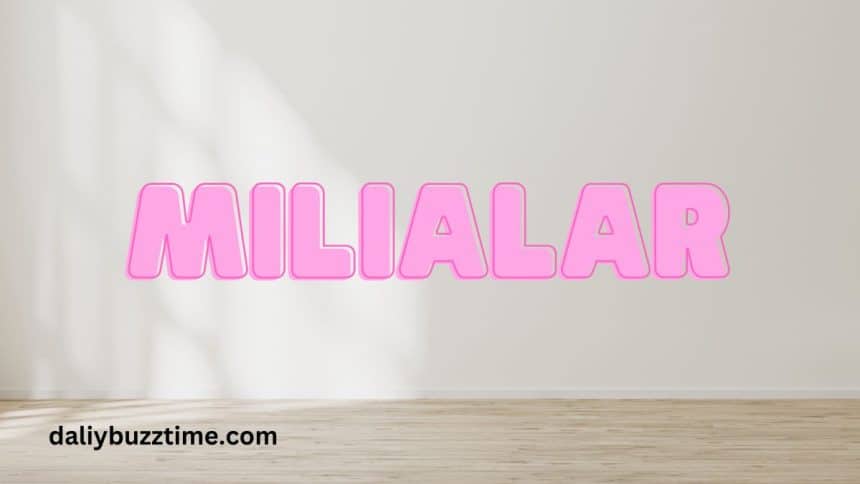
Introduction
Milialar are small, white bumps that commonly appear on the skin, often mistaken for whiteheads or acne. While they are typically harmless, understanding their causes, treatments, and prevention methods can help manage their appearance and promote clear, healthy skin.
What are milialar?
Milia, also known as milk spots, are small cysts filled with keratin that typically appear on the face, particularly around the eyes, nose, and cheeks. They can also occur on other parts of the body.
Types of milialar
Primary Milia: These are common in infants and usually disappear on their own within a few weeks.
Secondary Milia: These develop in response to skin damage, such as burns, injuries, or excessive sun exposure.
Keratin Buildup
Milialar occur when keratin becomes trapped beneath the surface of the skin, forming small cysts. This buildup can be due to various factors, including:
Inadequate exfoliation
Use of heavy skincare products
Skin trauma or injury
Sun damage
Skin Conditions
Certain skin conditions can also contribute to the development of milia, including:
Eczema
Bullous Pemphigoid
Porphyria Cutanea Tarda
Treatment Options
Gentle Exfoliation
Regular exfoliation can help remove dead skin cells and prevent the buildup of keratin that leads to milialar. However, it’s essential to use gentle exfoliants to avoid irritating the skin.
Topical Retinoids
Topical retinoids, such as tretinoin, can help promote cell turnover and prevent the formation of milia. These medications are available by prescription and should be used under the guidance of a dermatologist.
Extraction milialar
In some cases, a dermatologist may use a sterile needle or blade to extract milialar manually. This procedure should only be performed by a trained professional to minimize the risk of scarring or infection.
Milialar in Different Age Groups
While milia are most commonly associated with newborns and infants, they can affect individuals of all ages. Understanding how milialar may manifest differently depending on age can help tailor treatment approaches accordingly.
Impact on Self-Esteem
For many individuals, milia can have a significant impact on self-esteem, particularly when they occur in visible areas such as the face. Seeking treatment and adopting healthy skincare habits can help manage milia effectively and boost confidence.
Conclusion
Milialar common skin cysts that can be bothersome but are generally harmless. Understanding the causes, treatment options, and prevention strategies for milia can help individuals manage this condition effectively and maintain healthy, clear skin.
FAQs
Can milialarGo Away on Their Own?
In many cases, milialar will resolve on their own over time without any treatment. However, some individuals may opt for treatment to expedite the process or reduce their appearance.
Are milialar Contagious?
No, milia are not contagious and cannot be spread from person to person through contact.
Can Makeup Cause milialar?
Certain heavy or comedogenic makeup products can contribute to the formation of milia by clogging pores. It is essential to choose non-comedogenic makeup and remove it thoroughly before bed.
Are Milia Harmful?
Milia are typically harmless and do not cause any pain or discomfort. However, they can be a source of cosmetic concern for some individuals.
Can Milia Develop on Any Part of the Body?
While milia commonly occur on the face, they can technically develop on any part of the body where hair follicles are present.
